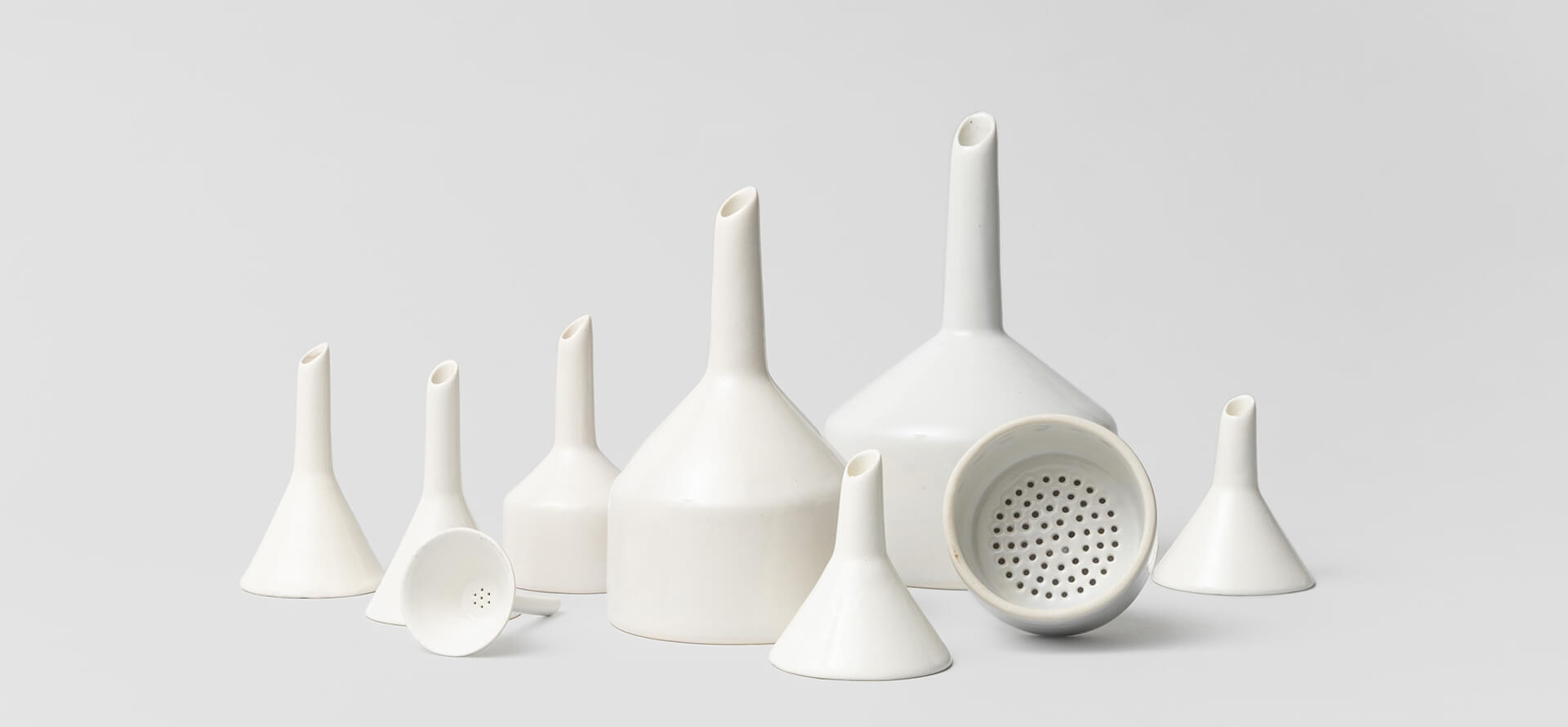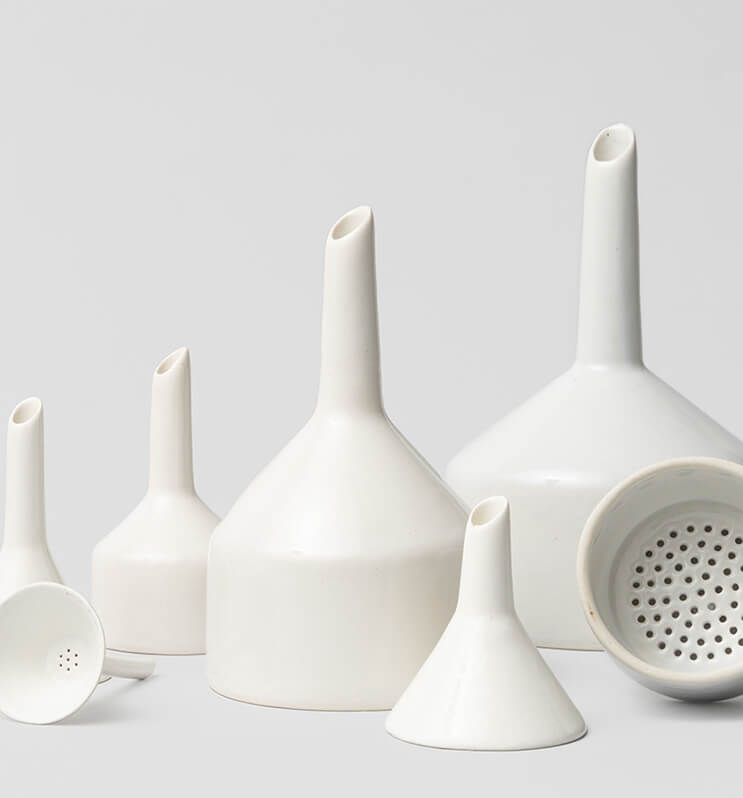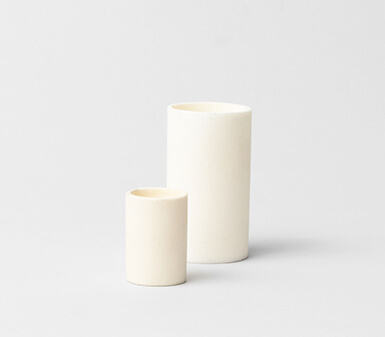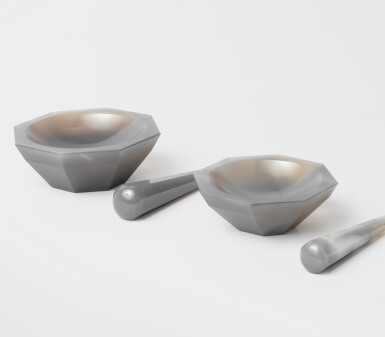Thermal Shock Resistance
Average coefficient of expansion from 20 degree to 200 degree C is 3.56 x 10-u, gradually increasing to 4.69 x 10-u at 1000 degree C. Experience has indicated suitability of particular shapes for specific uses. lt remains the responsibility of the user to determine the suitability for his use. To prevent thermal stress cracks on porcelain ware, Silico strongly recommends a heating/cooling rate not to exceed 200 degree C/hour. High Alumina labware temperature change rate should not exceed 150 degree C/hour.
-
The Glaze
The Glaze No softening occurs up to 1000’C, and it is extremely white.
-
Resistance to chemical Action
The resistance to acids and alkalies is excellent, except for hydrofluoric acid.
-
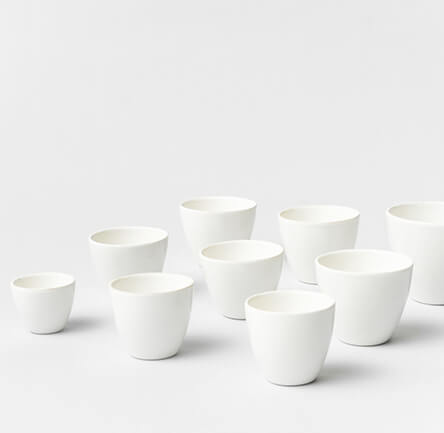
CURCIBLEVariants- Low, Middle, Tall, Rose
Glazed inside out except for outside bottom surface and rim.
-
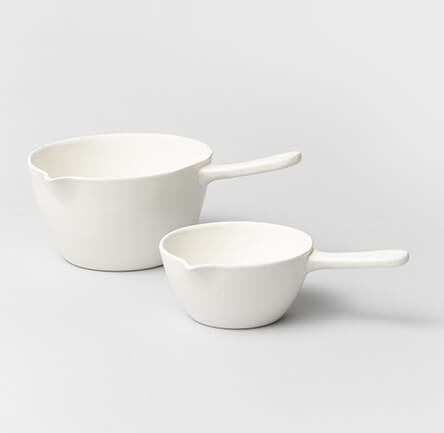
Casserole4 Sizes
With lip and flat porcelain handle, glazed inside and out except for rim and top of handle.
-
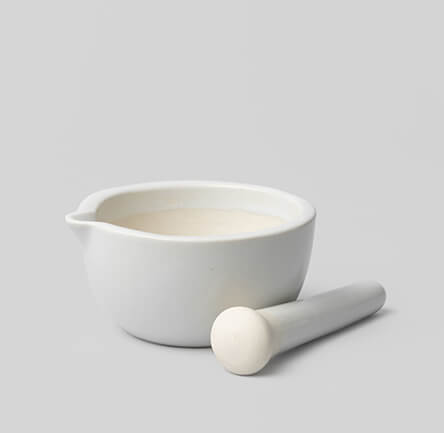
PESTLE & MORTARWith wood and ceramic pestle
Mortars with glazed lip and outside except for oversized bottom.
-
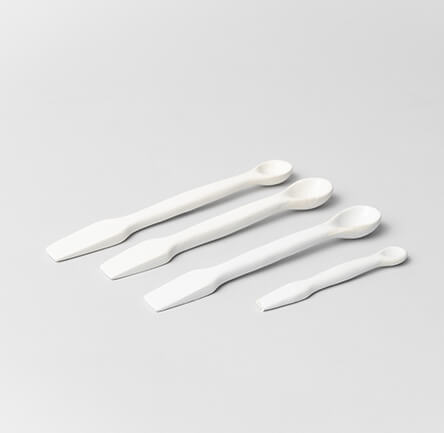
SPATULA With spoon, knob, spatula
Depending on the variant, the spatula is glazed and either has a spoon, knob or a spatula on the other end.
-
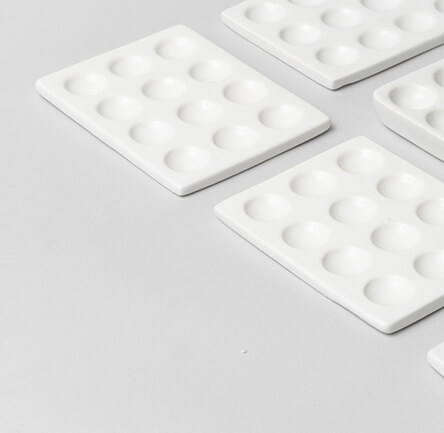
SPOT PLATESVaried Sizes
Color-reaction or spot plates, glazed except for bottom surface.
-
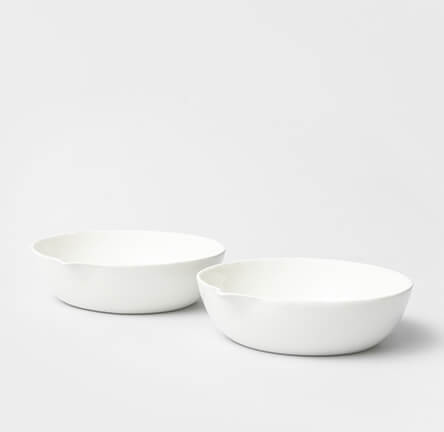
EVAPORATING DISHDeep, Semi Deep, Flat
Evaporating Dish with Lips, available in varied sizes and glazed finishes.
-
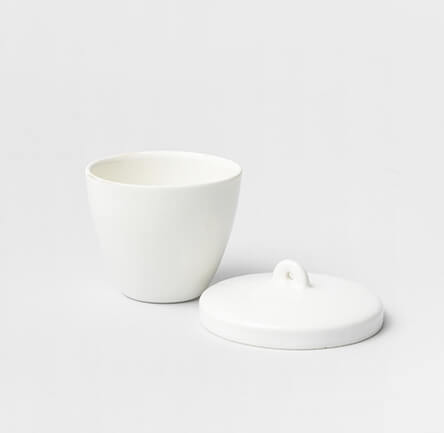
CURCIBLE COVERFor all kind of Curcible sizes
Glazed all over except for rim, available in all crucible sizes.
-
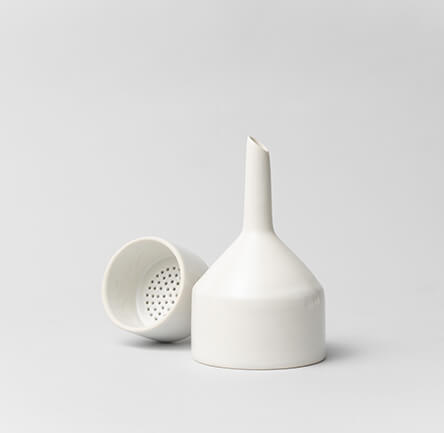
BUCHNER FUNNELWith stem
Fixed perforated plate, glazed inside and out, except for rim.
-
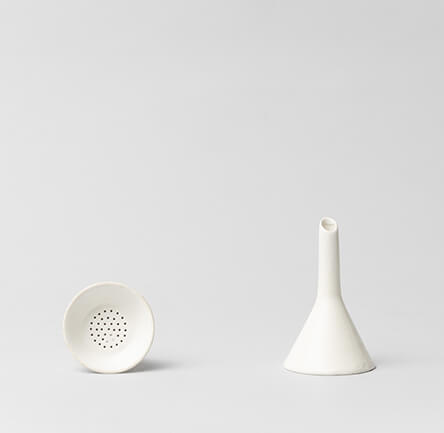
HIRSCH FUNNEL
Hirsh, with fixed perforated plate, except for rim.
-
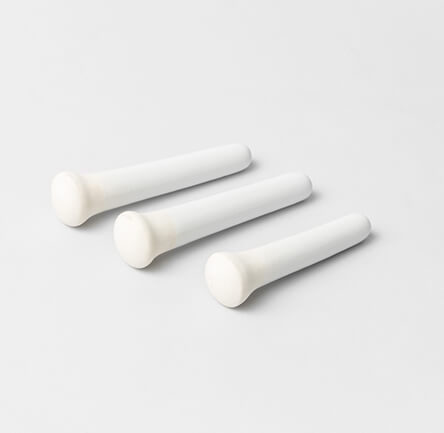
PESTLE
Unglazed for grinding surface. Pestle oversized for hand comfort in grinding.
